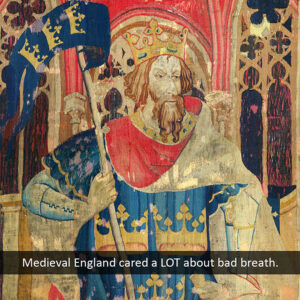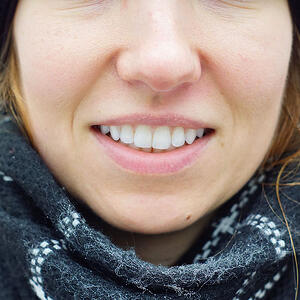Teaching Good Dental Health Habits
July 6th, 2021

IT’S NOT ALWAYS easy to teach a young child how to brush and floss. Little kids are balls of energy with no attention span, and a brushing session is likely to go awry. We have a few tips to help out frazzled parents.
- Prioritize brushing. We shouldn’t treat it like an irritating chore, because our kids will pick up on that. Set an example of brushing and flossing being an unskippable and important part of the morning and evening routine.
- Brush wherever works! Don’t feel like brushing can only happen in the bathroom. If it’s easier to do somewhere else, that’s great!
- The routine is more important than having toothpaste. If the toothpaste tube is empty or missing or its contents were turned into an art project, brush anyway! Don’t miss a day just for the toothpaste.
- Children are more likely to like and use a toothbrush that they picked out themselves, so let them pick theirs!
- When possible, brush in front of the mirror. That’s where the kids will be brushing once they’re doing it on their own. In the meantime, it helps them feel more involved in the process.
- Make brushing fun! The more the grown-ups act like brushing is fun, the happier the kids will be to cooperate. Keep up a good attitude about it and help them enjoy it by playing fun music to time their two minutes of brushing.
The content on this blog is not intended to be a substitute for professional medical advice, diagnosis, or treatment. Always seek the advice of qualified health providers with questions you may have regarding medical conditions.





 Website Powered by Sesame 24-7™
Website Powered by Sesame 24-7™
